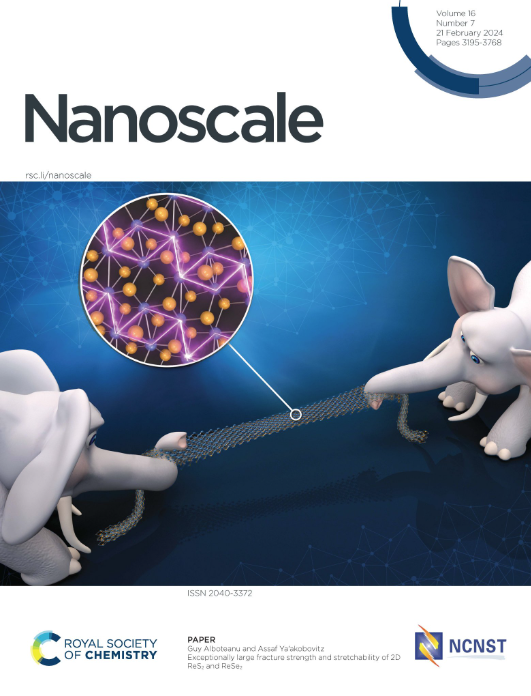Self-Biased Silicon Transistor with Piezoelectric Gate for Efficient Mechanical Energy Harvesting Device
IF 5.8
3区 材料科学
Q1 CHEMISTRY, MULTIDISCIPLINARY
引用次数: 0
Abstract
In this report, a piezo potential gated self-biased transistor has been fabricated on the heavily doped silicon (p+-Si) (111) substrate and used for efficient mechanical energy harvesting applications. The drain and source (S-D) electrode of this top gated transistor is made of LiF(5 nm)/Al(65 nm) and MoO3(5 nm)/Ag(65 nm) respectively whereas piezoelectric Poly (vinylidene fluoride-co-hexapropelene) (PVDF-HFP) thin film has been used as a gate dielectric. Drain bias (VDS) which is required to transport the hole carrier through the channel, has been developed from the work function difference of S-D electrodes whereas piezopotential which is developed due to the external force applied on the PVDF-HFP thin film works as gate bias of this transistor. As a consequence, this device converts mechanical energy to electrical energy very efficiently. For applied pressure of 4 bar for ~5 sec, the extracted electrical power per cycle of this device is 1.6 x 10-9 watts with a conversion efficiency of ~75% which is extremely high value w.r.t conventional energy harvesting devices. Besides, electrical characterization shows its transistor-like behavior and the extracted device parameters like threshold force, On-Off ratio, and subthreshold swing (SS) are 0.5 N, 4.56 x 102, and 3.16 N/A, respectively.求助全文
约1分钟内获得全文
求助全文
来源期刊

Nanoscale
CHEMISTRY, MULTIDISCIPLINARY-NANOSCIENCE & NANOTECHNOLOGY
CiteScore
12.10
自引率
3.00%
发文量
1628
审稿时长
1.6 months
期刊介绍:
Nanoscale is a high-impact international journal, publishing high-quality research across nanoscience and nanotechnology. Nanoscale publishes a full mix of research articles on experimental and theoretical work, including reviews, communications, and full papers.Highly interdisciplinary, this journal appeals to scientists, researchers and professionals interested in nanoscience and nanotechnology, quantum materials and quantum technology, including the areas of physics, chemistry, biology, medicine, materials, energy/environment, information technology, detection science, healthcare and drug discovery, and electronics.
 求助内容:
求助内容: 应助结果提醒方式:
应助结果提醒方式:


